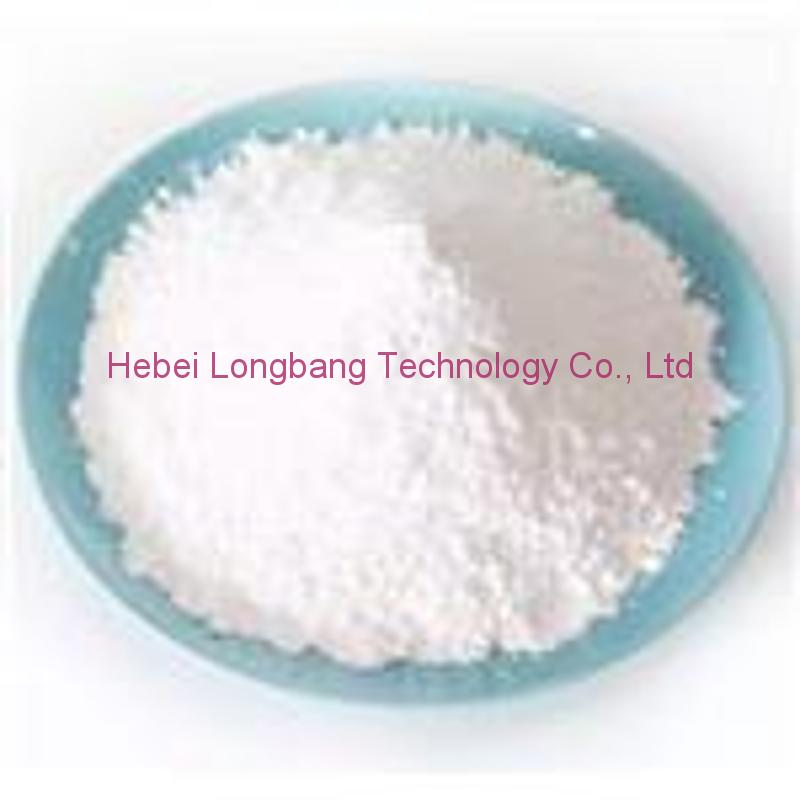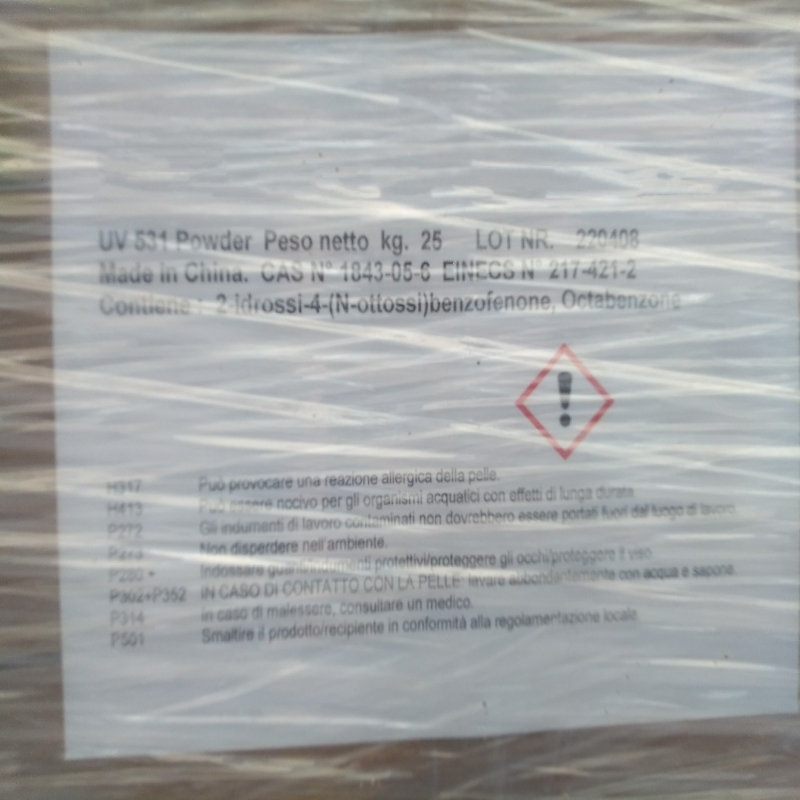-
Categories
-
Pharmaceutical Intermediates
-
Active Pharmaceutical Ingredients
-
Food Additives
- Industrial Coatings
- Agrochemicals
- Dyes and Pigments
- Surfactant
- Flavors and Fragrances
- Chemical Reagents
- Catalyst and Auxiliary
- Natural Products
- Inorganic Chemistry
-
Organic Chemistry
-
Biochemical Engineering
- Analytical Chemistry
-
Cosmetic Ingredient
- Water Treatment Chemical
-
Pharmaceutical Intermediates
Promotion
ECHEMI Mall
Wholesale
Weekly Price
Exhibition
News
-
Trade Service
According to the Solar PV Module Life Cycle Management Report released by the International Renewable Energy Agency in 2016, by 2050, the cumulative PV waste will exceed 78 million tons, which can be worth more than US$15 billion, and it will be recycled and returned to the
supply chain.
To address this, the EU has funded a project to recycle silicon solar panels
.
As part of the project, Geltz Umelt-Technology, based in southern Germany, has developed a facility that, at the end of its life, can significantly increase the amount of
reusable materials recovered from silicon photovoltaic modules.
"The pilot plant is currently in the testing phase," says Fabian Geltz, Managing Director of Geltz Umwelt Technologie, "and the plant capacity is slowly ramped up with each operating cycle to ensure that operations are saved during the testing phase and data is obtained for further optimization
.
" ”
The project's partners have developed an efficient pyrolysis process that can destroy unwanted polymer layers and can separate a wide range of materials, including aluminum, glass, silver, copper, tin, and silicon
.
"The biggest challenge is destroying the troublesome polymer layer, which makes mechanical separation impossible," says Geltz, "After destroying the polymer by pyrolysis, the remaining material can be separated using a state-of-the-art mechanical separation process without a lot of work
.
" Another challenge is to recover valuable metals as completely as possible and with high purity
.
”
The polymer layers Geltz refers to are primarily negatives and sealant materials, which have long been the most problematic components
when it comes to module recycling.
"They are gasified during pyrolysis and then burned in a hot post-burner under exothermic conditions," Geltz explains, "and the heat generated in this way can be used to preheat the next pyrolysis cycle, which has not been implemented
in the pilot unit.
" ”
Geltz added that the toxic chemicals produced by the pyrolysis process are also disposed of at recycling plants, mainly referring to preventing the production of dioxins
.
After further testing to optimize process parameters, the project's partners estimate that the pilot facility can process up to 50,000 end-of-life PV modules per year and recover more than 95% of recyclable materials
.
Assuming full capacity operation through the end of 2018, Geltz expects the plant to reach break-even point
sometime in 2019.
According to the Solar PV Module Life Cycle Management Report released by the International Renewable Energy Agency in 2016, by 2050, the cumulative PV waste will exceed 78 million tons, which can be worth more than US$15 billion, and it will be recycled and returned to the
supply chain.
To address this, the EU has funded a project to recycle silicon solar panels
.
As part of the project, Geltz Umelt-Technology, based in southern Germany, has developed a facility that, at the end of its life, can significantly increase the amount of
reusable materials recovered from silicon photovoltaic modules.
"The pilot plant is currently in the testing phase," says Fabian Geltz, Managing Director of Geltz Umwelt Technologie, "and the plant capacity is slowly ramped up with each operating cycle to ensure that operations are saved during the testing phase and data is obtained for further optimization
.
" ”
The project's partners have developed an efficient pyrolysis process that can destroy unwanted polymer layers and can separate a wide range of materials, including aluminum, glass, silver, copper, tin, and silicon
.
"The biggest challenge is destroying the troublesome polymer layer, which makes mechanical separation impossible," says Geltz, "After destroying the polymer by pyrolysis, the remaining material can be separated using a state-of-the-art mechanical separation process without a lot of work
.
" Another challenge is to recover valuable metals as completely as possible and with high purity
.
”
The polymer layers Geltz refers to are primarily negatives and sealant materials, which have long been the most problematic components
when it comes to module recycling.
"They are gasified during pyrolysis and then burned in a hot post-burner under exothermic conditions," Geltz explains, "and the heat generated in this way can be used to preheat the next pyrolysis cycle, which has not been implemented
in the pilot unit.
" ”
Geltz added that the toxic chemicals produced by the pyrolysis process are also disposed of at recycling plants, mainly referring to preventing the production of dioxins
.
After further testing to optimize process parameters, the project's partners estimate that the pilot facility can process up to 50,000 end-of-life PV modules per year and recover more than 95% of recyclable materials
.
Assuming full capacity operation through the end of 2018, Geltz expects the plant to reach break-even point
sometime in 2019.







